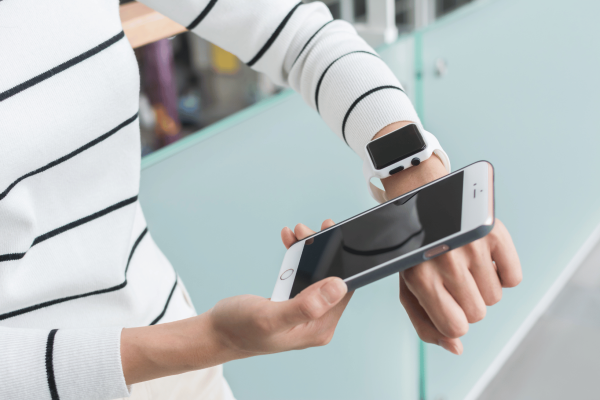Despite the rise in utilization of decentralized clinical trial (DCT) elements, there are still many misconceptions. Certainly, the COVID-19 pandemic fueled the significant increase in study delivery strategies that relied, at least somewhat, on remote data collection. While the last few years have allowed many research stakeholders to see firsthand the ability of DCT elements to help reach patients outside the clinic setting, there remain concerns and questions.
Today, patient-centricity is top of mind for most clinical researchers. With recruitment and retention of study participants remaining the top challenge for most sponsors, and with regulators giving increasingly pointed guidance around the need to improve diversity and representation in research, many study designers are looking at DCT approaches to help bring trials closer to patients. This is great, but it is important to move forward with a firm understanding of how to effectively implement DCTs in ways that work for everyone; patients, of course, but also sites and sponsors.
Patients Still Come First
It can be easy to view DCTs as a panacea for any challenges around patient-centricity. Who wouldn’t prefer to take part in a clinical trial from the comfort of their homes? Well, the truth – as it usually is – is more complicated. Remote data collection may not be right for some patients depending upon their condition, its severity and other factors unrelated to their health, like lack of mobility, lack of access to reliable internet, lack of technological literacy and more. When designing a study, researchers must seek out the right approaches – DCT or in-clinic – that match the needs of their patients. To do this, we must involve patients as informed collaborators, empowering them to play a more proactive role in the study and their own health.
We can seek out feedback during the design process from potential study participants, asking them questions about what they want; do they want the ability to eConsent, do they want to submit ePRO data from an app or do they prefer writing things out by hand? It is important not to begin implementing technology for its own sake, or out of an assumption that it will make things more efficient. If it doesn’t fit into the lives of the patient, the technology will be a failure in your study and will only serve to prolong timelines as your team scrambles to find different solutions.
Human Touch Will Always Be Important
Some might see the potential for DCTs to enable clinical trials that are truly siteless – situations where participants need never visit a clinic and can submit all data remotely. While this may be possible for a limited number of health conditions, many disease states will continue to require participants to, at least occasionally, attend in-person visits for things like infusion therapies, mobility assessments, clinical imaging, and more.
Instead of looking for DCT technology to replace the role of sites, it can be helpful to investigate how these approaches can more effectively allow patients and site teams to stay connected. We cannot forget that patients taking part in clinical trials are often under a lot of stress and a quick check-in with a nurse or physician, even if it’s a quick video chat from their smartphone, can help to reduce anxiety and keep patients engaged in the study. After all, we can successfully train all patients on how to use DCT technologies (ePRO, eConsent, wearable devices, etc.) but if they begin to feel like they have been left out on an island, they can become likely to drop out of the study. Integrating things like video visits and texting ability within the study app can help patients to feel like they are supported and always have access to a real person that cares about what they are going through.
Build Toward a Future Where Patients Have More Control of Their Health Journeys
A key facet of building more patient-centric trials is the gradual shift of control from sponsors to patients. This means designing studies that A) include endpoints that are as important to patients as they are to sponsors and regulators and B) utilize data collection methodologies that patients can and will use reliably. This more collaborative approach recognizes the value of patients not only as research subjects, but as the sources of unique insights that can help develop better medicines that are safer and work for more people.
Giving patients more control of their data not only empowers them to be successful research participants, it also allows them to share their health data with whomever they choose, and even monetize their anonymized data for additional research purposes. This becomes a powerful incentive for patients to become more informed about their conditions and overall health and more informed and educated patient populations benefit everyone.
The growing use of DCT elements and approaches asks patients and caregivers to become more deeply involved in the research data collection process, asking them to submit data and stay engaged using a variety of technological tools. This growing level of involvement helps to bridge the gap between patients as trial subjects, to patients as active collaborators. More involved, informed and motivated patients are key to producing better, more complete study data.
Get in touch with us today to learn more about designing and running patient-centric clinical trials.




